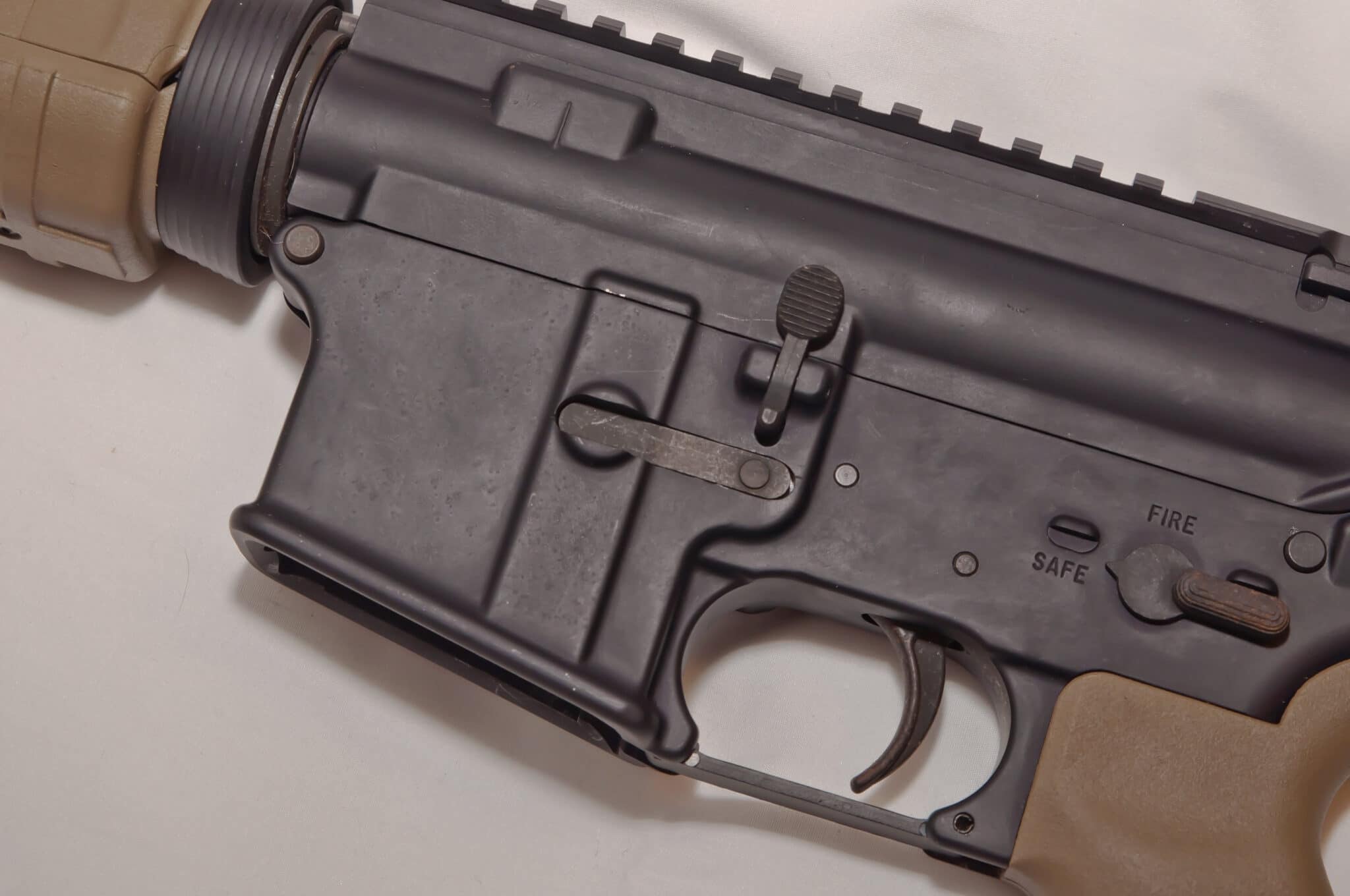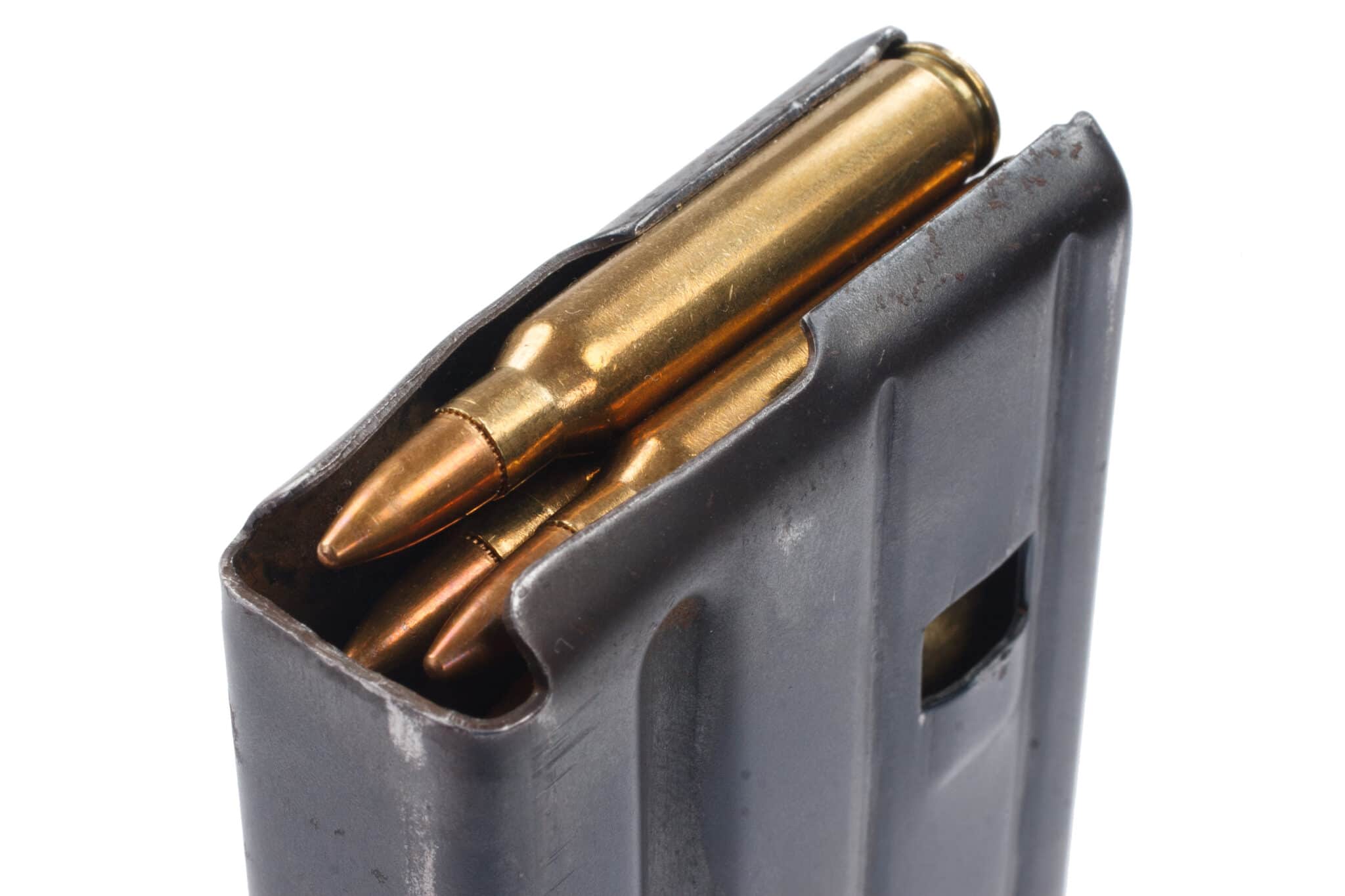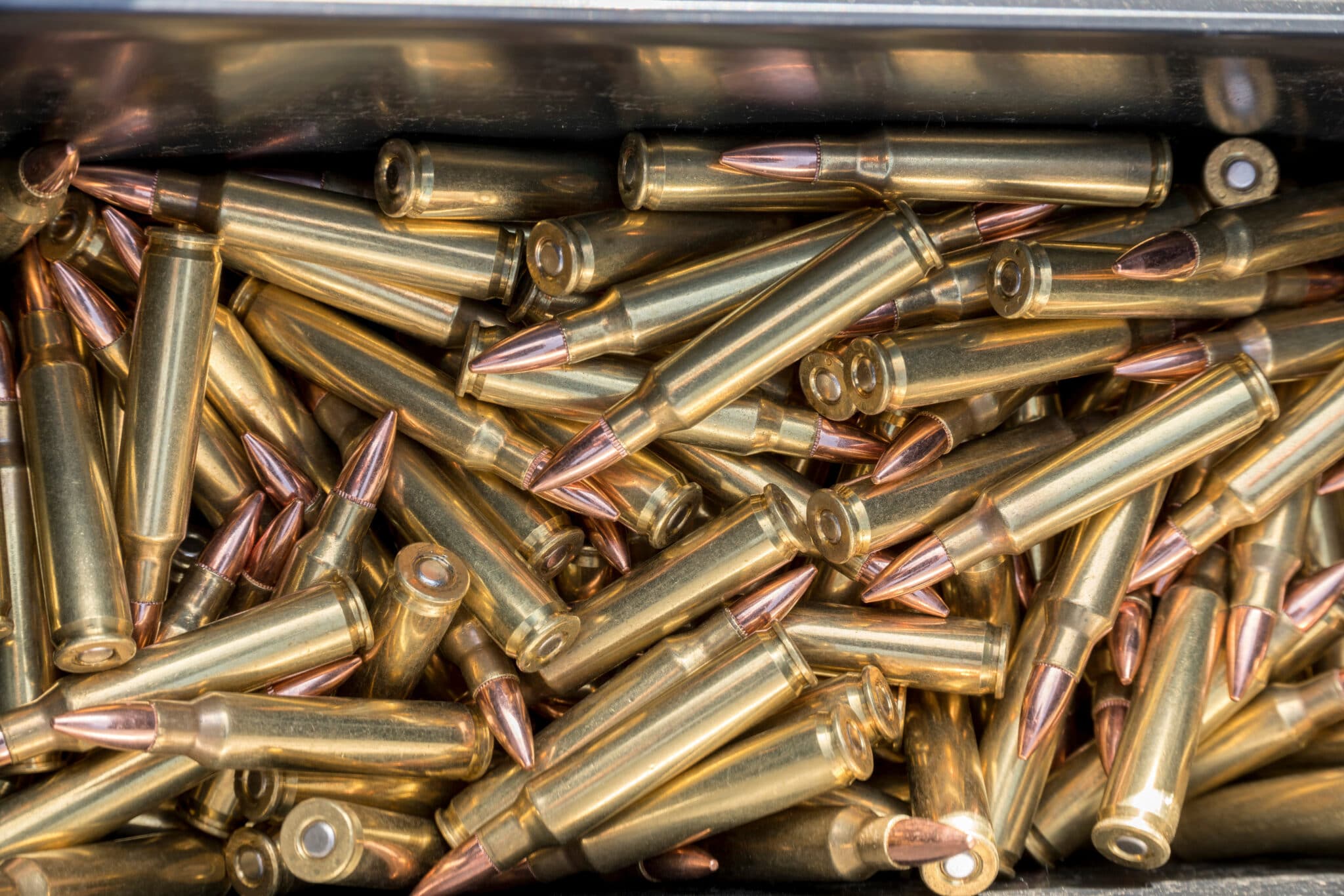Does ArmaLite Still Make Rifles? An AR-15?

In the mid-1950s a team of firearm designers led by Eugene Stoner developed the AR-10. He was employed by ArmaLite and the rifle was unique in its use of plastics to reduce the weight. The AR-10 struggled to become popular but the downsized model, the AR-15, became one of the most iconic firearms in modern history.
The AR in AR-15 stands for ArmaLite Rifle. Many gun stores will sell you an AR-15 produced by the modern ArmaLite. However, the current ArmaLite brand and the original have little in common other than the name.
Because of a poor financial decision, the original ArmaLite managed to bring to market the most popular semi-automatic rifle in the United States, and also go out of business.
The Original ArmaLite
ArmaLite started out as a sub-division of Fairchild Aviation, an aerospace manufacturer that wanted to diversify into small arms development. Two of the early designs, the AR-5 and AR-7, were survival rifles that were marketed to the military.
Known as “takedown” guns, both models could be broken down into parts and stowed inside of their own buttstocks. The AR-5 was adopted by the US Air Force and the AR-7 is still produced to this day.
The beginnings of ArmaLite’s most influential design, the AR-15, started with the AR-10. It is a “Battle Rifle” design, meant for military service and chambered in 7.62x51mm. It was fed by a 20-round box magazine and was surprisingly lightweight compared to its contemporaries.
The AR-10 was submitted for testing in the US Army trials but was not adopted for service. One of the barrels blew out the side during the testing, possibly due to the barrel construction being made of a steel core with an aluminum outer sleeve. The AR-10 subsequently faded into obscurity until modern times.
However, many of the design choices were integrated into the AR-15. It was overall a lightweight firearm with an aluminum receiver and a plastic buttstock and foregrip. It was originally chambered in .222 Remington which allowed for smaller dimensions and mild recoil.
ArmaLite never saw much success with these rifles and the licensing was sold to Colt’s Manufacturing in 1959. The AR-15 was further developed into the M16 and was adopted by the US military, where it saw both failure and success. After the sunset of the Assault Weapons Ban in 2004, it became incredibly popular with the public.

ArmaLite, Inc.
Most firearms enthusiasts don’t consider ArmaLite, Inc. as having any real relationship to the original company. I’m of this opinion as well. The original ArmaLite was sold by Fairchild Aviation and then sold again. It’s my belief that the name currently exists as a marketing device.
ArmaLite, Inc. details a history of the company which shows an unbroken line of succession from the original ArmaLite to the modern one. It can be found here. To be fair, ArmaLite isn’t the only company to undergo acquisitions, inactivity, or restructuring and still carry the same name.
ArmaLite, Inc. sells AR-15 and AR-10 pattern rifles, as well as a .50 BMG bolt-action rifle. They also sell parts to service their own rifles and for AR builders. They offer complete rifles aimed at the budget, mid-range, and competitive markets.
Current Offerings
As an AR-15 enthusiast, law enforcement officer, and competitive shooter I have a set of expectations for what features a rifle should include at a certain price point. Let’s take a look at two of ArmaLite’s rifles to see how they compare in the AR-15 market.

The Budget Offering: M-15 DEF15
This is a basic featured AR-15 with a 16″ barrel and carbine gas system. It will come with plastic handguards and budget “mil-spec” features for the furniture, trigger, and flash hider. ArmaLite offers a model with a front sight base and another with a railed gas block.
At the street price of $600-750, the basic furniture and A2 flash hider are expected. The buttstock and grip are easily replaceable but don’t necessarily need to be replaced either. The standard AR-15 single-stage trigger is actually quite good all things considered.
I like on their website how they disclose the material for the bolt being C158, and that the carrier is chrome-lined. Bolt material for the AR-15 should always be stated as the design is prone to breakage with cheaper materials.
The staking on the gas key can be seen in the product photo but it is not shown on the buffer tube. For parts that almost no one replaces, and certainly not in the budget market, they should be staked.
One thing that is completely unacceptable is on the product page the barrel is listed as being chrome-lined but in the spec sheet, it’s listed as being nitrided. In a day and age where so many firearms are purchased online, this is an unhappy customer waiting to happen.
To be clear though, I am fine with either chrome lining or nitriding and I think all AR-15 barrels should have one or the other unless it is specifically for hunting or precision shooting.
Before considering this rifle, a call to ArmaLite seems in order to ask about the barrel and the staking on the buffer tube.

The Full Featured Rifle: M-15 Tactical
The clear, and more expensive, upgrade is the M-15 Tactical. The list of quality features for this rifle is long. It is offered in either a 16″ barrel with mid-length gas or an 18″ barrel with rifle-length gas.
With a street price of $1350-1450, modernizations of the AR-15 are expected. The barrel is nitride-treated stainless steel, the trigger is a 2-stage model, and the charging handle and safety are ambidextrous. The “less than comfortable” grip and buttstock of the base model have been replaced with Magpul furniture. Even the gas block is adjustable.
The weight is a very reasonable 7 lbs even though the barrel profile is described as “HB”, which is short for heavy barrel. Magpul flip-up sights are included, though a rifle with these features should be paired with a magnified optic. With a triple-baffle muzzle brake, expect less recoil and significantly more noise.
Once again, the buffer tube should be staked and it isn’t clear if it is.
While the tactical version costs a sizable amount of money, there are popular rifles out there that cost more and offer less. At the price point, there are no weak points in what is being offered.
Conclusion
ArmaLite is still around, though their connection with the original sub-division of Fairchild Aviation is questionable. Though that should be more of a point of curiosity than a reason to purchase (or not purchase) a product of theirs.
Their specialty is AR-10 and AR-15 pattern rifles. With the iconic ArmaLite branding, that’s likely not to change.
